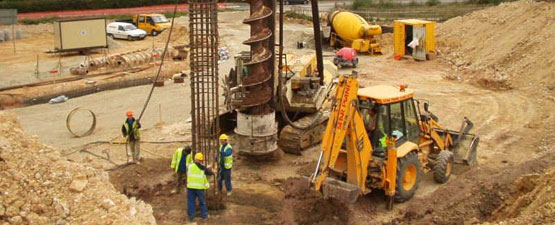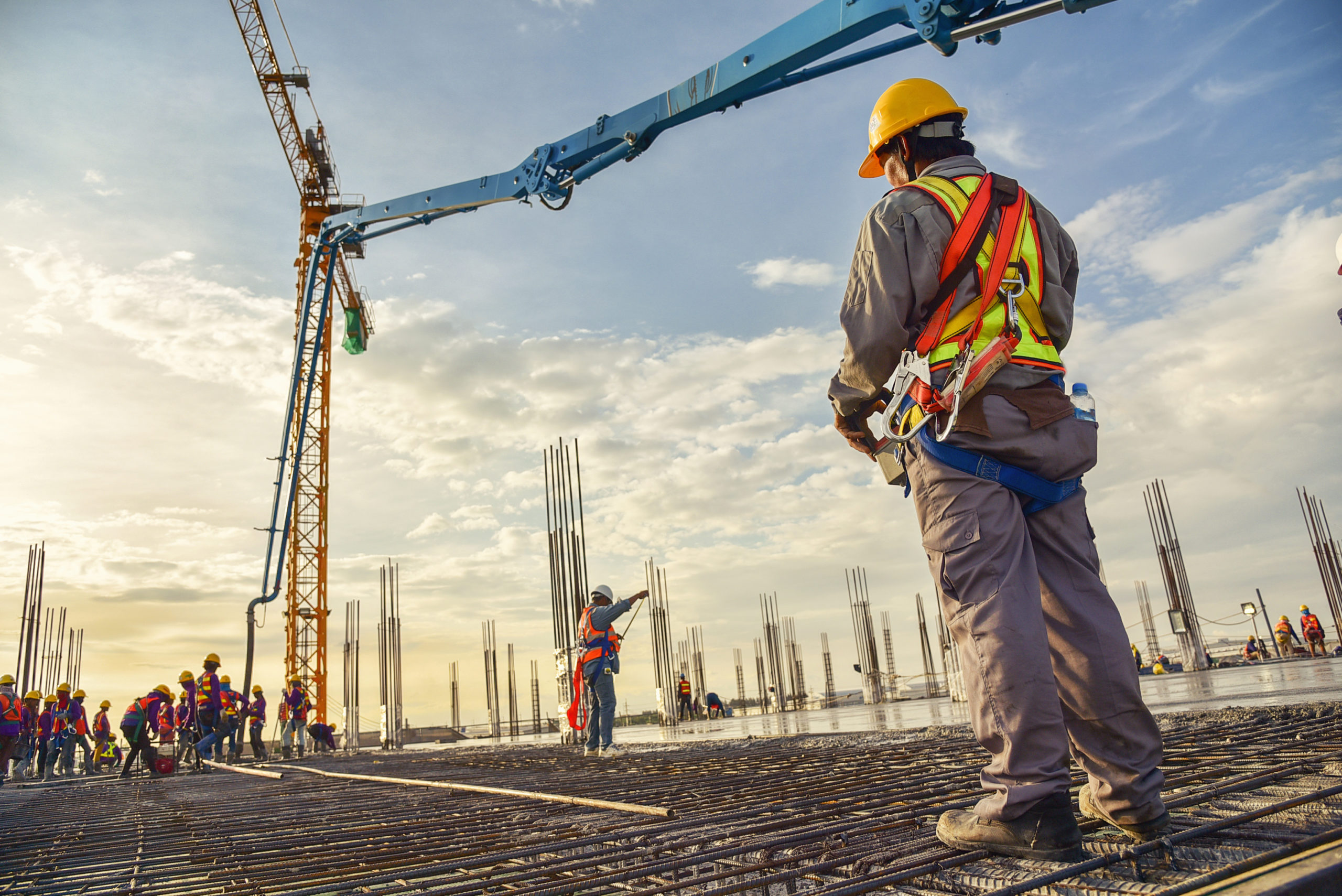Specialized Geotechnical Works for Sustainable Construction Solutions
Specialized Geotechnical Works for Sustainable Construction Solutions
Blog Article
Exactly How Consulting Engineers Enhance Geotechnical Engineering Projects: Insights Into Their Expertise, Methods, and Collaborative Approaches
Consulting engineers are critical in enhancing geotechnical engineering jobs, using their specialized understanding to browse the intricacies of subsurface problems. Their joint methods foster interaction amongst diverse project stakeholders, eventually shaping the project's trajectory.
Role of Consulting Engineers
The knowledge of consulting engineers in geotechnical design is fundamental to the effective execution of building projects. These experts play a pivotal function in examining soil and rock residential properties, which are crucial factors affecting style and building decisions. By carrying out thorough website examinations, consulting designers collect essential data that notifies the design procedure, ensuring tasks are constructed on secure and ideal ground.
Consulting engineers additionally give vital insights into danger monitoring (geotechnical geologist). They determine potential geotechnical hazards, such as landslides, dirt liquefaction, and settlement problems, allowing stakeholders to apply effective mitigation techniques. Their experience help in maximizing structure designs, which can bring about significant cost financial savings and boosted safety and security
Furthermore, seeking advice from engineers act as a crucial link in between project owners, architects, and specialists. Their capacity to equate complicated geotechnical information into actionable suggestions cultivates cooperation and assists in educated decision-making throughout the task lifecycle. This multidisciplinary approach not only boosts task performance however also makes certain conformity with regulative requirements and best practices.
Key Methodologies in Geotechnical Design

One primary approach is website investigation, which involves performing field tests and research laboratory evaluations to collect data on subsurface conditions. Methods such as Requirement Infiltration Testing (SPT) and Cone Penetration Screening (CPT) are widely utilized to assess soil stratigraphy and stamina. Additionally, geophysical methods, consisting of seismic and electric resistivity studies, provide non-invasive means to assess subsurface characteristics.
An additional vital methodology is mathematical modeling, which makes it possible for engineers to mimic different circumstances and forecast exactly how soil-structure interactions will certainly behave under various loading problems. Limited Aspect Analysis (FEA) is an usual approach used in this context.
Additionally, the design of foundations, keeping frameworks, and earthworks relies heavily on these methodologies - geotechnical geologist. By incorporating sophisticated logical devices with field information, speaking with engineers can establish customized services that deal with details job difficulties, eventually adding to the security and security of building and construction tasks
Significance of Soil Evaluation
Dirt analysis acts as a foundational component in geotechnical design, offering crucial understandings into the physical and chemical residential or commercial properties of dirt necessary for reliable building planning. Comprehending dirt characteristics is important for establishing its load-bearing ability, drainage habits, and potential for negotiation or instability. Thorough soil examinations, consisting of sampling and laboratory testing, assistance determine specifications such as soil kind, moisture material, thickness, and shear toughness.
These analyses inform the selection of proper construction strategies and materials, eventually affecting project safety and long life. For instance, natural dirts might require different structure layouts contrasted to granular soils, company website requiring tailored design solutions. In addition, soil analysis aids in identifying contaminants that might pose risks to human health and wellness or the environment, enabling for the advancement of mitigation strategies.
Integrating dirt evaluation into the onset of project advancement helps to reduce unexpected difficulties, making certain that designers can anticipate and address possible concerns prior to they intensify. By establishing a comprehensive understanding of the website problems, seeking advice from engineers can maximize design performance and reduce prices, therefore enhancing the general success of geotechnical engineering tasks.
Collective Approaches in Tasks
Effective geotechnical tasks typically pivot on collective strategies that combine diverse competence from numerous techniques. Reliable partnership amongst speaking with engineers, geologists, ecological scientists, and building specialists is essential for addressing intricate difficulties and enhancing project results. By leveraging the one-of-a-kind skills and understanding of each employee, projects can take advantage of a holistic understanding of the site problems, governing requirements, and design restrictions.
Normal communication and interdisciplinary conferences facilitate the sharing of insights and foster a culture of synergy. These collaborative initiatives allow the recognition of prospective dangers early in the project lifecycle, enabling timely mitigation approaches. Furthermore, incorporating feedback from stakeholders, including local areas and regulative companies, guarantees that all point of views are considered, boosting task approval and conformity.
In addition, the combination of innovative innovations, such as Geographic Details Systems (GIS) and Building a fantastic read Details Modeling (BIM), additional enhances cooperation. These tools permit the real-time sharing of data and visualization of geotechnical problems, promoting informed decision-making. Eventually, a collective technique not only streamlines job execution but also lays the structure for innovative remedies to intricate geotechnical design challenges.
Effect On Task End Results

Consulting designers utilize advanced methods such as danger analysis and predictive continue reading this modeling, which improve the accuracy of task forecasts. Their capability to integrate innovative innovations, like geotechnical instrumentation and data analytics, additionally fine-tunes the layout and building procedures. As an outcome, projects experience enhanced efficiency, decreased expenses, and lessened hold-ups.
In addition, promoting reliable interaction and collaboration amongst staff member improves problem-solving capabilities. When difficulties develop, a joined front enables swift identification of services, avoiding potential obstacles. Inevitably, the joint initiatives of speaking with designers contribute to higher quality end results, making certain that jobs fulfill both regulatory criteria and client expectations.
Verdict

Report this page